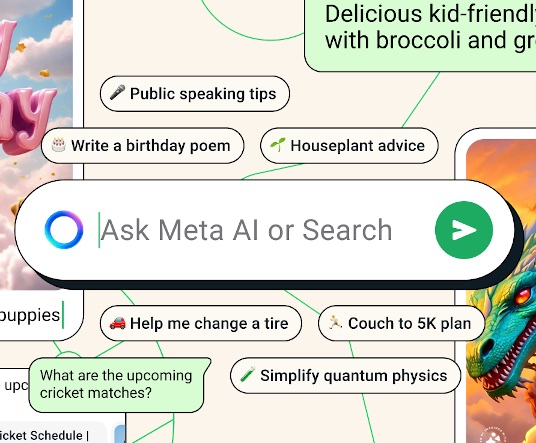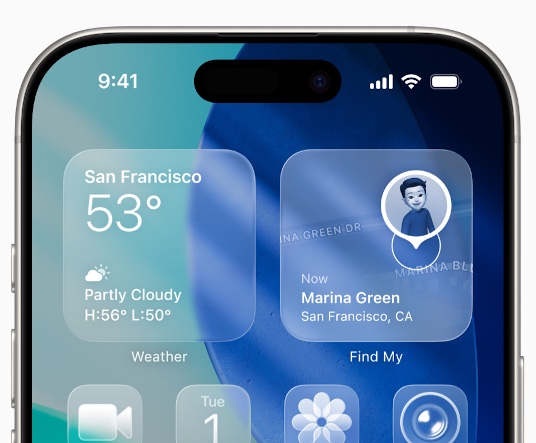There are two types of UI designers—which one are you?
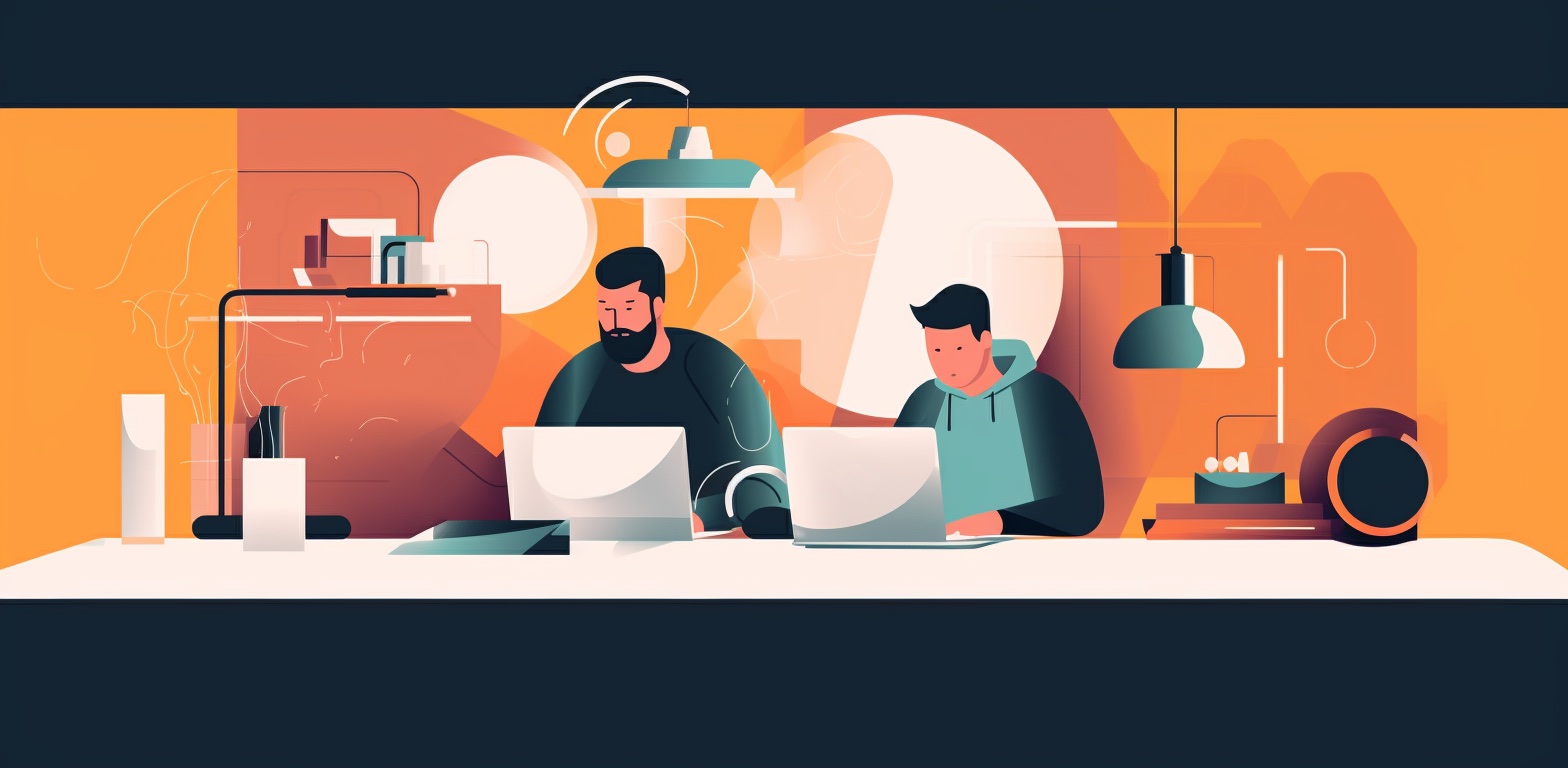
A distinction between UI designers
Over the course of the years, I’ve worked with hundreds of UI designers. With most, I noticed that a recurring challenge I consistently faced was the need to emphasize the significance of focusing on more than just aesthetics. There seemed to be a varying level of aversion towards the technical aspects of interface design, almost like they would approach their work as if it were art, rather than software development that it is.
On the other hand, there were also some less prevalent instances where I’d find the exact polar opposites. These designers would approach things with more of an engineering mindset, but were clearly no match to the former when it came to designs that needed to… well, “pop”.
This led me to the conclusion that there is a key dichotomy inside the UI field; a noticeable distinction between the slightly larger proportion of designers who are more inclined to prioritize visual aesthetics and the somewhat lesser share of those who possess a strong inclination toward technicalities. For ease of communication, I’ve learned to call them visual and technical designers.
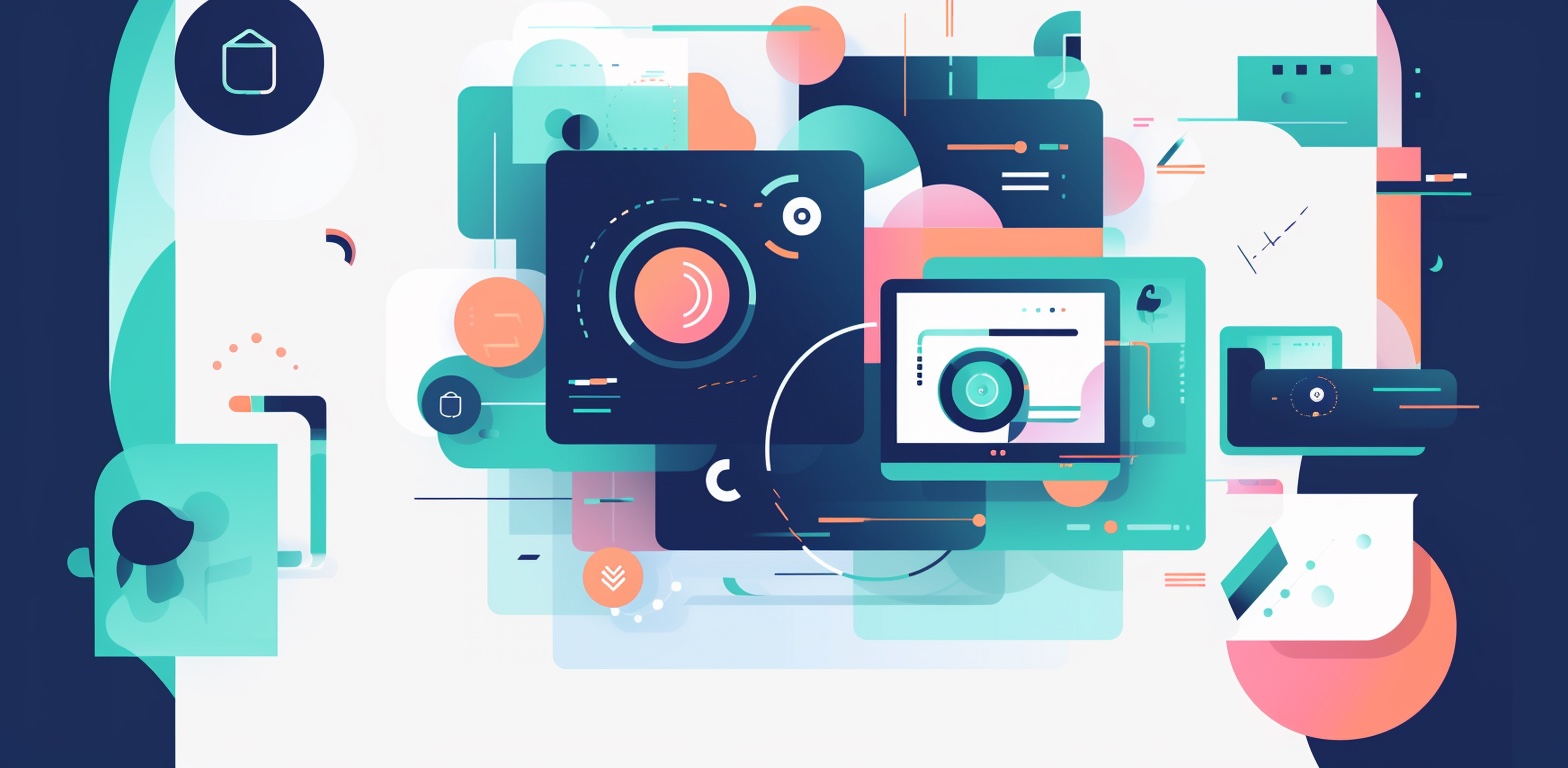
Not a binary, but a spectrum
Suffice to say, I’m not talking about a strict, clear-cut binary. All of us as individuals possess a unique blend of qualities and strengths, and no one is strictly confined to being just a “visual” or “technical” designer. This is more about exploring and shedding light on the predominant inclinations and tendencies within the UI design landscape while acknowledging the individuality and complexity of every designer’s own idiosyncrasies.
With this in mind, what I’m getting at is more of a spectrum, and it’s possible for a designer to fall anywhere in between the two extremes. Indeed, the vast majority of designers would land nowhere near the endpoints. Still, I’d say the overall distribution is not exactly even across the line, but I’ll get to that in a bit. For now, I’d like to give an overview of the types of designers who are firmly inclined towards either side of the spectrum, as well as some extreme (although quite rare) examples of their far ends.
Visual designers
On one end of the spectrum, we have visual designers; those who are skilled at creating visually striking, “catchy”, and emotionally impactful designs. They have a keen eye for aesthetics and color schemes, and they excel at designing graphical elements that capture attention.
But let them work on a complex interface design and they almost certainly won’t approach it with a structural frame of mind; they will try to work on it in their own, visual-minded way. They won’t bother making sure it’s pixel perfect, and they’ll strive to inject their own design sensibilities. If they’re forced to pay attention to every little detail, it might annoy them, or they might feel lost in the process.
I’ve seen even more pronounced extremes, too. There were designers who had years of experience and would outright avoid building components. Instead of creating color styles, they would just default to using the color picker. I’ve seen uneven margins, inconsistent distances between elements, various piles of unorganized layers that could be dug out from out of nowhere. Some of them wouldn’t even use frames. And what the heck is auto-layout, anyway?
But when it comes to dazzling visuals and the art of making things “pop” (there’s that word again), these people would simply be able to pull it off, seemingly out of nowhere. For whatever reason, they tend to be incredibly imaginative, with the ability to output something visually compelling and remarkable, even though it’s often poorly structured.
Technical designers
Now, what I would call technical designers are those who are very detail-oriented and who excel in the development of complex interfaces. They approach the product almost like a robot an engineer would, and are skilled at creating efficient and logical navigation structures. These designers tend to be mindful of the underlying technology, platform constraints, and best practices when it comes to layouts, components, and other elements.
But then, at their extreme, technical designers are often too rigid. These individuals exhibit a strict adherence to structure and (self-)established rules. However, due to their “clean” approach to design which is often devoid of the marketing-driven mindset that utilizes visuals to imbue character, their designs can lack flair and usually fail to captivate.
The general tendency towards simplification in UI design in the past decade, or, specifically, the rise of flat design, ended up favorable to designers who were not as artistically inclined. So, they might design a very aesthetically unexciting landing page, but it’s not as though their designs lack overall quality; it’s just that there is a reluctance to venture beyond established boundaries and embrace experimentation. This often results in designs that many would probably overlook since they don’t exactly demonstrate that typical dribbble-esque landing page-ish eye candy marketingy make-it-pop content.
However, when it comes to complex tasks that need a thought-driven, engineering-minded approach, I vastly prefer to employ a team with technical designers as the backbone. Assign them some intricate or challenging technical problem and witness their remarkable ability to excel where visual designers routinely struggle. In situations that demand analytical skills, technical designers thrive and are an irreplaceable part of the software development process.

Multifaceted creativity
Based on the above, some might credulously assume that creativity is the exclusive domain of visual designers, and that technical designers are somewhat deficient in this regard.
Let’s think of creativity as the ability to conjure novel ideas, solutions, or designs. Specifically, creativity manifests itself as ideation when it comes to the visual aspects of design, or as problem solving when it comes to the technical aspects. It involves the capacity to imagine and generate new and original visual concepts, compositions, aesthetics, or solutions. It requires thinking outside the box and exploring different, or sometimes unconventional, approaches to visual representation or structuring information.
Creativity is fundamental to both the visual and technical aspects of design; the sense for aesthetics and effectiveness guides and refines the creative process. Exceptional designers possess both creativity and a strong design sense, combining novel ideas with an understanding of established principles and trends. Therefore, when it comes to visual and technical designers specifically, I would argue that it’s simply a difference in the kind of creativity that the two types of designers possess that makes them dedicate themselves to either one aspect or the other.
The comparative rarity of technical designers
Since UI design is a primarily visual field, it stands to reason that all UI designers would be concerned with aesthetics as the core aspect of their line of work. As a designer, you can still be more inclined towards the visual or the technical inside this paradigm; one way to differentiate is to ask yourself how much emphasis you put on technicalities, in addition to the visual aspects.
And while, naturally, every designer would be concerned with both facets and land somewhere in between the two extremes on the spectrum, the majority would still at least lean toward the visual side. Not that it’s terribly surprising, since we’re talking about a discipline that revolves around aesthetics, after all. But, the comparative rarity of these technical designers is what makes them rather interesting.
How is it that they seem to be so rare? I think various factors might be at play. It’s possible that individuals with a natural disposition towards visual thinking are simply more likely to be drawn to UI design, as it is a predominantly visual field after all—at least on the surface. People who would prove suitable for the technical designer role might be more inclined to pursue developer roles instead and become frontend developers, encompassing both technical and visual elements (HTML/CSS specialist being the most obvious choice). All the more understandable considering that these roles often come with better compensation compared to strictly UI design roles.
Then again, they might actually not even be as rare. It might just seem that way due to their skills not being as readily obvious as those of their visually-minded peers, so they tend to be overlooked. As I’ve mentioned before, their work might go unnoticed as it often lacks the visually impressive elements that catch immediate attention. So, unlike visual designers who primarily focus on aesthetics, technical designers must be sought out in a different manner. To identify their expertise, you have to look beyond the surface and see how they handle complexity and create logical, functional solutions to intricate UI-related problems. Therefore, these abilities become most evident when you collaborate with them and see them in action.
The question of their apparent rarity aside, there’s another distinguishing factor that sets them apart from their visually inclined counterparts. Technical designers also exemplify how powerful and potentially transformative it can be when an individual possessing a completely different way of thinking—practically an outsider—ventures into a domain traditionally dominated by a separate sort of expert. Since they can offer a unique perspective and think outside established paradigms, these “outsiders” often challenge conventional approaches, contribute fresh insights, and bring about novel solutions that can lead to innovation.
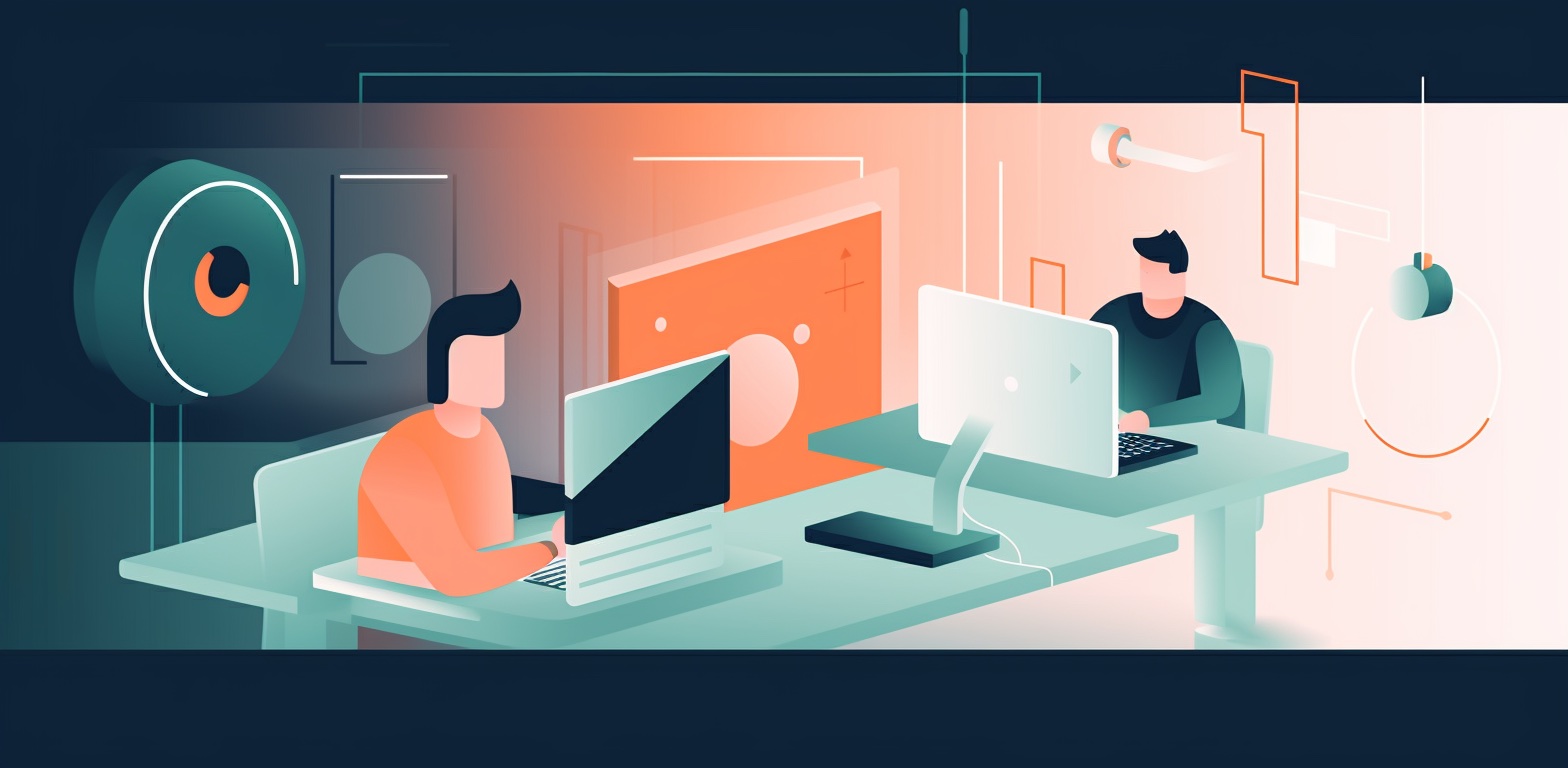
Developer-to-technical designer transformation
One good DIY trick to get yourself your very own technical designer is to find a developer who is already very visually inclined and train them to become one.
Developers who have a strong command of HTML, CSS, and JavaScript while also demonstrating an inclination for pixel-perfection are well-suited for this, provided they are willing to change roles. I’ve had a hand in this before, actually—with a full stack developer, at that. By leveraging their existing technical skills and putting an emphasis on their visual abilities, I’ve assisted them in their transformation into a full-fledged technical UI designer. The result was indeed remarkable, and their subsequent contributions made them invaluable to the team.
However, since the majority of UI design work is less technical in nature, developers who excel in these aspects of their field may not be inherently interested in transitioning to a design role, regardless of them having any amount of visual inclination. It might seem obvious that they would find it preferable to remain focused on their development expertise rather than jump ship into UI design. On the other hand, if they do make the switch, they might feel right at home if they can be employed on a more technically complex project that harnesses both their designer and developer skills.
On a side note: in my experience, individuals with a formal technical background—those who have completed studies in fields such as architecture, mechanical, electrical or civil engineering, for instance—also often end up being good technical designers. They naturally approach design work from a technical perspective, which is likely a result of their education or practical exposure in these fields.
Developing proficiency and competence
Ultimately, a designer’s true worth in a real work setting comes from how good they are at what they do. This is determined by how well they’ve honed their natural strengths in either visual or technical areas into practical skills. No matter how talented they are in either of these extremes, they can’t reach the top without constantly getting better. This means regular practice, learning from experiences, and gaining specific skills.
One thing that both technical and visual designers can benefit from is exploring areas and practices they are less inclined towards, with an aim to enhance their skillsets. By expanding their knowledge and capabilities across the spectrum, designers can develop a T-shaped skillset and a holistic perspective, which makes them more valuable in the market.[1]
What about those in the middle?
Now, when it comes to designers who navigate the middle ground between the visual and technical domains: they might not have the headstart for narrow expertise that those with a more pronounced innate inclination often possess. But, they have the potential to become truly exceptional and surpass both visual and technical types by developing a wide range of skills that encompasses both aspects.
This means that increased effort is necessary, since they must work harder than those who innately gravitate towards the endpoints of the spectrum. Determination, perfectionism, persistence, and stubbornness (and occasional burnout) are traits they are going to require in order to push themselves to truly excel; otherwise, they will remain in mediocrity. However, should they succeed, this ability to handle both aspects of design will make them a true design powerhouse with a broad skillset and great competitive advantage—not to mention that their generalist perspective and overall competence also make them an obvious choice for a design lead.
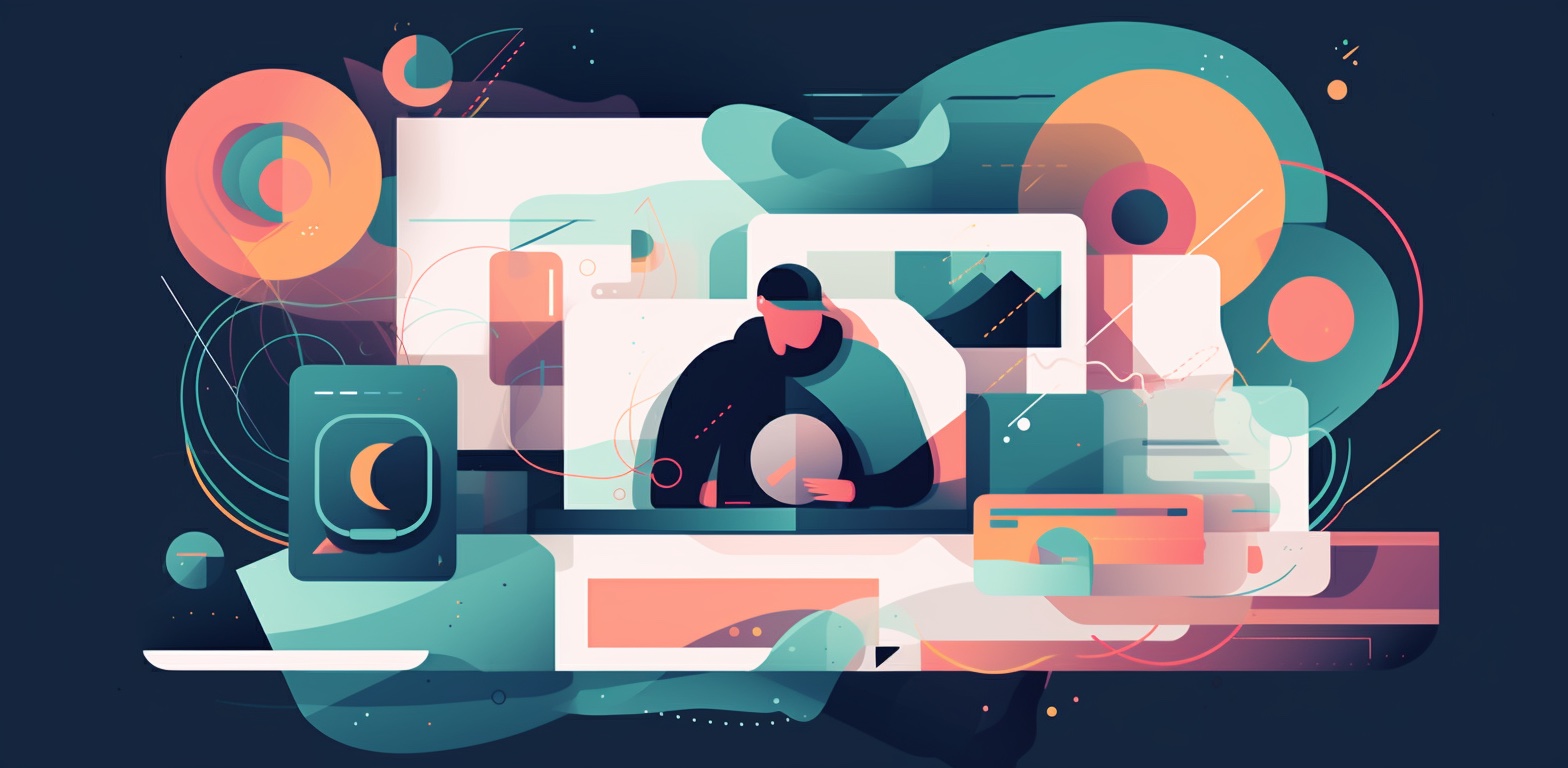
Where would UX fit into all this?
Since UX design is more about understanding user needs and behaviors and designing the flow and structure of the overall experience, it could be argued that the problem-solving nature of UX makes it align with the technical side of the designer spectrum. Still, UX design requires a certain level of empathy and intuition as well, akin to the visual side of the spectrum, though this often manifests in different ways than it might in UI design; rather than creating visually striking designs, UX designers need to generate novel, user-centered solutions to usability problems, map out intuitive user flows, and design experiences that satisfy user needs and business goals.
Therefore, the ideal mindset for a UX designer would likely involve a blend of the analytical, problem-solving technical orientation, along with the kind of creativity and intuition associated with the visual side. So, the most suitable candidate for a UX role would be a designer who strikes a balance; leaning towards the technical side but not too far removed from the visual, since empathy is crucial. It’s not so much about sitting at a specific point on the visual-technical spectrum, but rather about possessing the right blend of skills and orientations suited to the complexities of UX design.
That said, UI designers always need to consider UX to a greater or lesser extent anyway; they should not be completely devoid of it. The dichotomy generally holds true in this case as well, since technical designers often approach UX in a logical manner, while visual designers mostly rely on empathy.
Diverse skills for team versatility
All things considered, it’s clear that UI design being a field full of different talents and abilities is exactly what makes it work. We all have unique strengths and inclinations, and we do best in diverse teams, where each of us brings our own brand of creativity and expertise to the table—whether it’s in crafting eye-catching visuals, solving intricate problems, or guiding others as managers.
And when it comes to managerial positions, if you’re in one and you work with designers, you already know that it all boils down to this: if you need precision, use a technical designer. If you need to captivate people, use a visual designer. This is, of course, a choice driven by specific use cases or project requirements. It stands to reason to employ a visual designer for a project full of landing pages and marketing-oriented visuals. If the project is heavy on dashboards or the designer would be neck-deep in components—technical designer it is.
Resources
[1] Why Designers Need to Be ‘Specialized Generalists’ by Benek Lisefski (2019)

